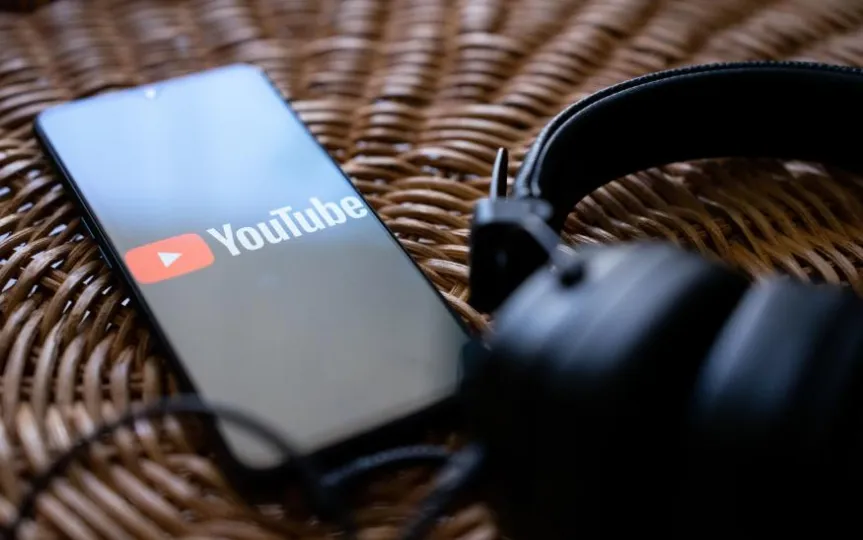YouTube Seeks to Leverage AI-Generated Music Without Copyright Issues
YouTube is rapidly transforming into a hub for music created by artificial intelligence, and the platform is striving to find a middle ground between supporters of this technology and copyright-conscious labels. YouTube, along with collaborators such as Universal Music Group (UMG), has introduced a set of guidelines for AI-generated music. In essence, this approach aims to promote the acceptance of AI music while ensuring that artists receive fair compensation.
For starters, YouTube claims that “AI is here” and that it needs to have a “responsible” strategy. Thus, it forms the Music AI Incubator, which influences the company’s strategy. UMG and the artists it represents (including Rosanne Cash, Yo Gotti and the Frank Sinatra estate) are helping to gather insights from YouTube’s AI experiments.
YouTube also says AI music must include “adequate protection” against copyright infringement, and must also provide “opportunities” for partners who want to participate. While the video giant hasn’t elaborated on what this means, it suggests it’s based on the Content ID system, which helps rights holders report their material. In addition to this, YouTube claims to be scaling its content policies and security architecture to accommodate AI. The company already has systems in place to detect copyright abuse, misinformation and other violations, but plans to devote more resources to these methods.
The principles are currently vague and will not change YouTube’s position much. However, more information is expected in the coming months, including policies, specific technologies, and monetization of content creators.
Generative AI is increasingly popular in unauthorized collaborations and remixes (including UMG artists like Drake and Frank Sinatra), but it’s also finding legitimate uses. The surviving members of The Beatles use artificial intelligence to create the “last” song from John Lennon’s recording, while electronic artist Holly Herndon covered Dolly Parton with an artificial intelligence voice. UMG itself studies soundscapes created by artificial intelligence. YouTube’s policies could help it benefit from legal production while avoiding lawsuits from artists and record labels concerned about crimes.



